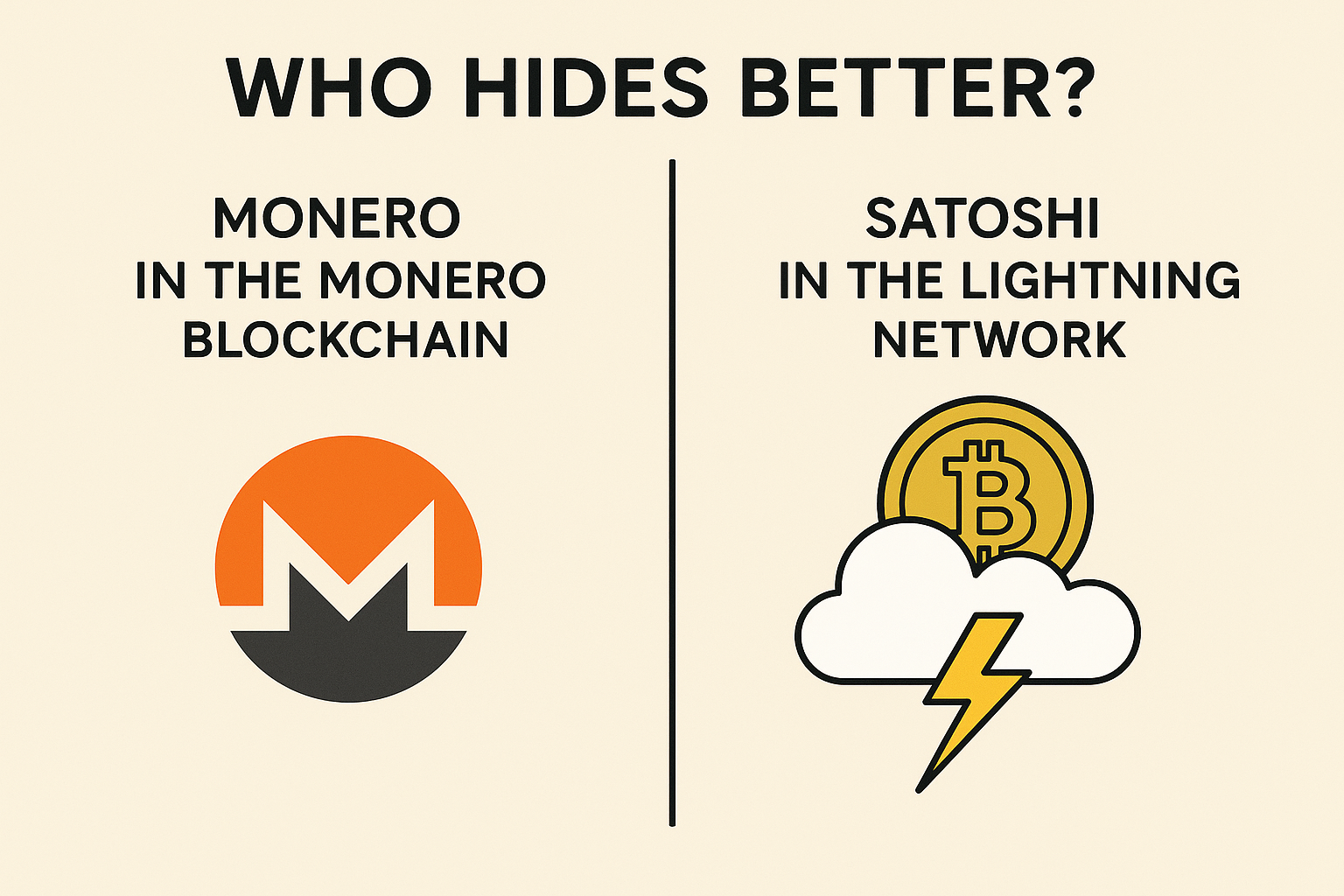
Who hides better
Bitcoin enthusiast Super Testnet claims to have successfully traced a Monero payment and identified the recipient’s stealth address. The recipient didn’t object over the following two days, so it’s likely that Super Testnet got it right.
The post sparked a debate involving two AI bots: Perplexity and another unnamed one. Both argue that this doesn’t pose any serious threat to Monero’s privacy model.
But the truth is, knowing a stealth address does slightly reduce Monero’s anonymity set. While the Monero blockchain doesn’t show which exact transaction spent a known output, it does reveal which transactions could have spent it. Even if there are 10 such candidates, that’s still a much smaller haystack to search through. Super Testnet points to real-world cases where this kind of analysis helped identify criminals. And that same method could just as easily expose journalists, activists, or whistleblowers relying on Monero for safety in authoritarian regimes.
As an alternative, Super Testnet suggests Lightning Network BTC. In Lightning, transactions aren’t written to the blockchain at all - so observers don’t have anything to track in the first place.
Personally, I’ve always seen Monero more as a solution to Bitcoin’s mining centralization problem than to its privacy issues. Not because Monero fails at privacy - but because Bitcoin’s privacy problem is solved perfectly by the Lightning Network.
If you value Monero primarily for its privacy, you should give Lightning a closer look.
And remember: both XMR and Lightning BTC are available for swap on rabbit.io - no sign-up required, always at the best rates.













